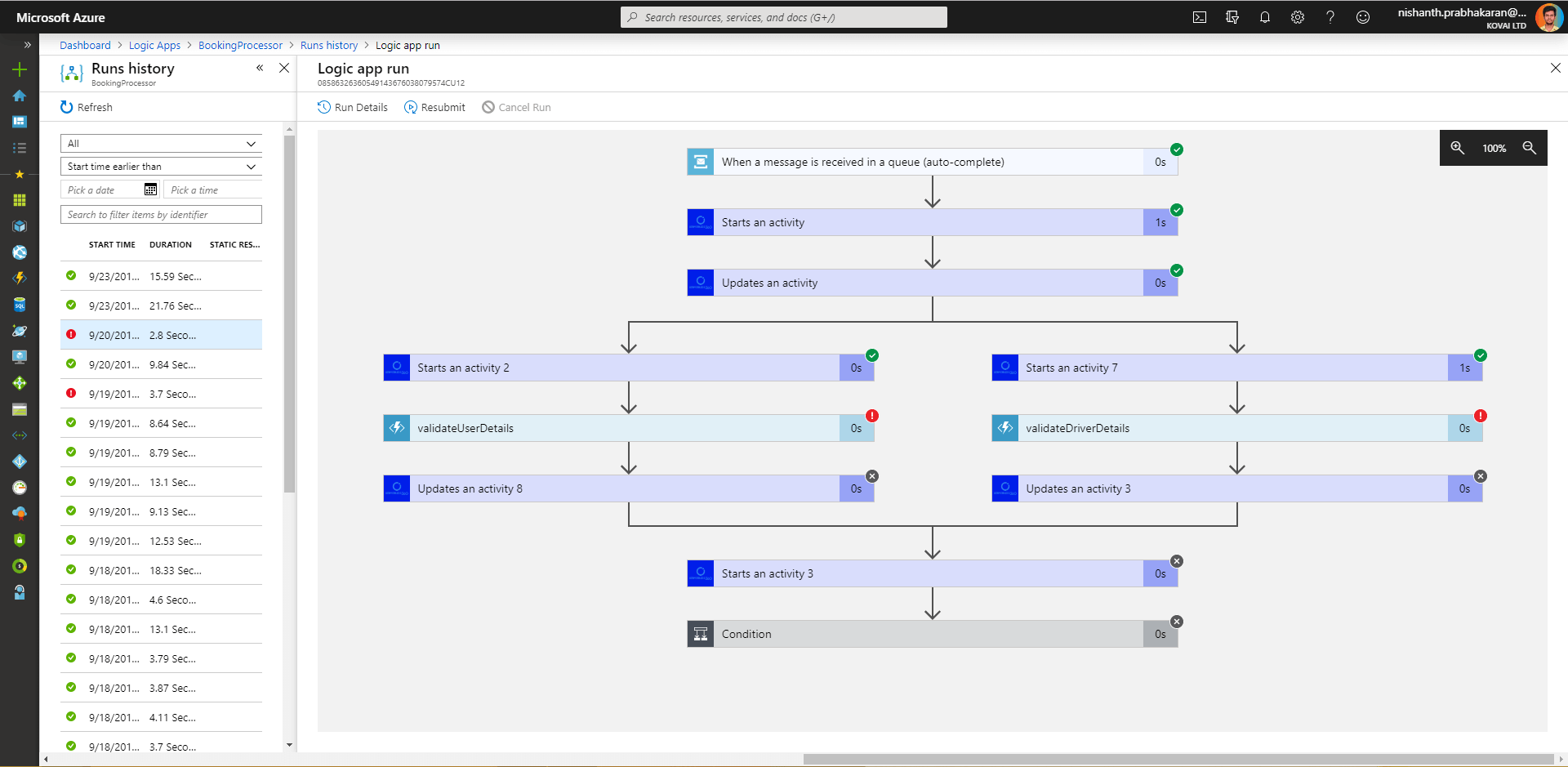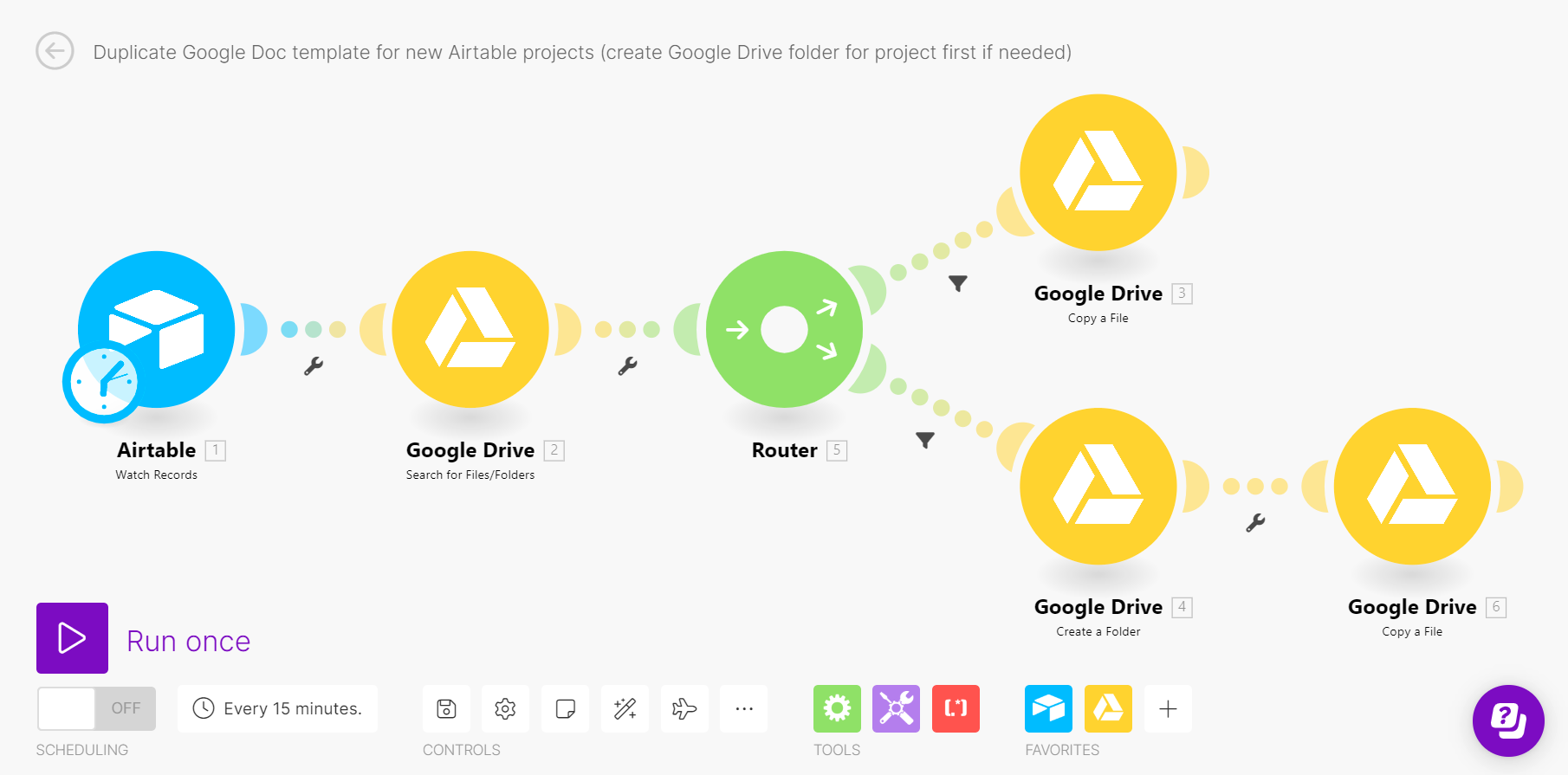The Rise of Microservices and Why They Matter ?
You've heard it a million times: software is eating the world. But building software still isn't easy.
We can probably say that AI will eat software in the incoming future.

Coding an app from scratch takes specialized skills and months of work.
What if you could whip up a custom tool or microservice in an afternoon, even if you don't know how to code?
Well, in 2024 you can, thanks to powerful new AI tools.
In this article, I'll walk you through how to leverage text-to-code generators like GPT-4 to quickly build niche microservices tailored to your needs.
With just a few descriptive prompts, these AI assistants can generate full programs for you.
I'll cover the basics of how they work, when you'd use them versus traditional coding, and real-world examples of microservices.
By the end, you'll be more enlightened on how AI can help you build microservice companies!
How AI Tools Are Revolutionizing Development in 2024
Microservices are small, independent services that work together.
They're replacing the bulky, hard-to-manage monolithic apps of yesterday. Here are a few reasons why microservices matter:
- Flexibility : Microservices can be built and deployed independently, making development and updates quicker. Teams can choose the best technology for each service without being locked into a single framework.
- Scalability : Microservices can be scaled individually based on demand. If one part of your app gets more traffic, you can scale just that part. This is more efficient than scaling an entire monolithic app.
- Fault isolation : Issues with one microservice won't necessarily impact others. If there's a problem, you can fix or replace that single service without disrupting the rest of the application.
- Accelerated innovation : Smaller teams can work on different microservices independently, speeding up new feature development. They can also experiment without worrying about impacting the whole app.
- Improved resilience : With many small services rather than one huge one, the "blast radius" of any failure is limited. Even if one service goes down, the overall system can continue operating, with only certain functionality affected.
With the rise of AI platforms and low-code tools, building microservices has never been easier. Anyone, regardless of technical ability, will soon be able to develop and deploy microservices to meet their specific needs.
The future is modular, flexible, and in the hands of citizens and small businesses as much as large enterprises. Microservices are making that possible.
Key AI Tools Like GPT Making Microservices Accessible
By 2024, AI tools powered by natural language processing have made it possible for almost anyone to build applications and microservices.
Now you can simply describe what you want your app or microservice to do using conversational English, and the AI will generate the necessary code. No need to learn complex programming languages!
Automated Coding Speeds Up Development
With AI handling the actual coding, developers are free to focus on the creative aspects of building software.
They can spend more time designing systems, optimizing user experiences, and ensuring high quality results.
Bots take care of the tedious parts like fixing syntax errors, implementing standard logic, and integrating third-party services. This makes the overall development process up to 10 times faster according to some estimates.

AI-Powered Testing Improves Quality
AI also plays a key role in software testing in 2024. Bots can generate and run through thousands of test cases in minutes to identify potential issues.
They use machine learning to detect even the most subtle bugs that human testers might miss.
Some AI testing tools can even fix simple problems on their own and suggest solutions for more complex issues. This level of rigorous testing means higher quality software with fewer defects.
Overall, AI has transformed software development in 2024 through natural language coding, automated generation, accelerated processes, and vastly improved testing.
While human developers are still very much in the loop, much of the repetitive and mundane work is now handled by AI.
This allows people to be more innovative and focus on the strategic, creative thinking that still uniquely human. The future is looking very bright thanks to the partnership of human and artificial intelligence.

Building Your Own Microservices Niche With No-Code AI
Generative AI models
With recent advancements in AI, powerful generative models like GPT-3.5 Turbo & GPT-4 Turbo have become widely accessible.
Services like Anthropic with Claude and OpenAI with GPT offer APIs to tap into these models. You can use them to generate code snippets, documentation, and even entire microservices.
Just provide a natural language prompt describing the functionality you need, and the models will generate the necessary code.

Low-code platforms
Low-code platforms make it easy to stitch together microservices and APIs without needing to write complex code.
Services like Retool, Appian, and Mendix offer drag-and-drop interfaces to connect data sources, build logic flows, and create responsive web interfaces.
While low-code isn't fully "no-code," it dramatically reduces the amount of coding required. This opens up microservice development to non-technical users.

API marketplaces
There are marketplaces where you can find and purchase access to thousands of pre-built APIs and microservices.
Once you find the services you need, you simply connect them together like building blocks.
Platforms such as Anthropic Marketplace, RapidAPI, and Algorithmia offer APIs for everything from face detection and sentiment analysis to database access and file storage.
Buying from a marketplace is often cheaper and faster than building your own microservices from scratch.

Visual workflow editors
Visual workflow editors are tools that let you create complex microservice workflows by simply dragging and dropping components onto a canvas.
You can then connect the components, define data mappings, and add conditional logic without needing to code.
Prominent examples include Azure Logic Apps, AWS Step Functions, and Workato. These visual editors open up microservice orchestration to users without a technical background.

With the help of these AI-powered tools, microservices have become more accessible than ever before.
Whether you prefer a low-code, no-code, or visual approach, there are now options for building microservices without needing a computer science degree or years of coding experience.
The democratization of microservice development is enabling more people to innovate.
The Future of Microservices and AI - What's Next?
Leverage AI tools to identify niche microservice opportunities
In 2024, AI tools like GPT will empower regular people to identify niche microservice opportunities with ease.
These AI writing assistants can analyze massive amounts of data on popular and emerging microservices to spot gaps in the market.
They may suggest ideas like:
- A microservice for scheduling gym classes at small boutique fitness studios.
- A microservice enabling independent food truck owners to handle online orders and payments.
- A microservice giving tutors a platform to organize their schedules, assign homework, and message students.
Build and deploy with no-code platforms
Once you've identified an opportunity, you can build and deploy your microservice without writing a single line of code.
Visual no-code platforms will allow you to simply drag and drop to construct the backend framework, UI, database, and APIs for your microservice. They handle all the complex coding for you.
One of the best example i have in mind is Zapier and Make, if you want to rely on no-code to easily build complex workflows and automate most of the user experience.

Market your new microservice
With your microservice built, focus on getting in front of your target customers.
No-code AI tools can create marketing content for your new product, including landing pages with sign-up forms, blog posts, social media posts, and email newsletters.
They may even suggest social media influencers in your niche to partner with.
Continue improving with AI
After launching, use AI to gain insights into how customers are engaging with your microservice.
See what's working and not working. AI can suggest ways to optimize the UX, uncover new features to build, and find opportunities for expansion into related niches.
With AI at your side in 2024, you'll have an easy time building a successful microservices business from scratch.
In summary, by leveraging AI writing assistants and no-code platforms, anyone will have the power to identify, build, launch, market, and improve niche microservices in 2024.
The future is bright for solo entrepreneurs and small teams looking to build profitable software businesses without technical expertise.
AI will provide the skills and tools to make it happen.


